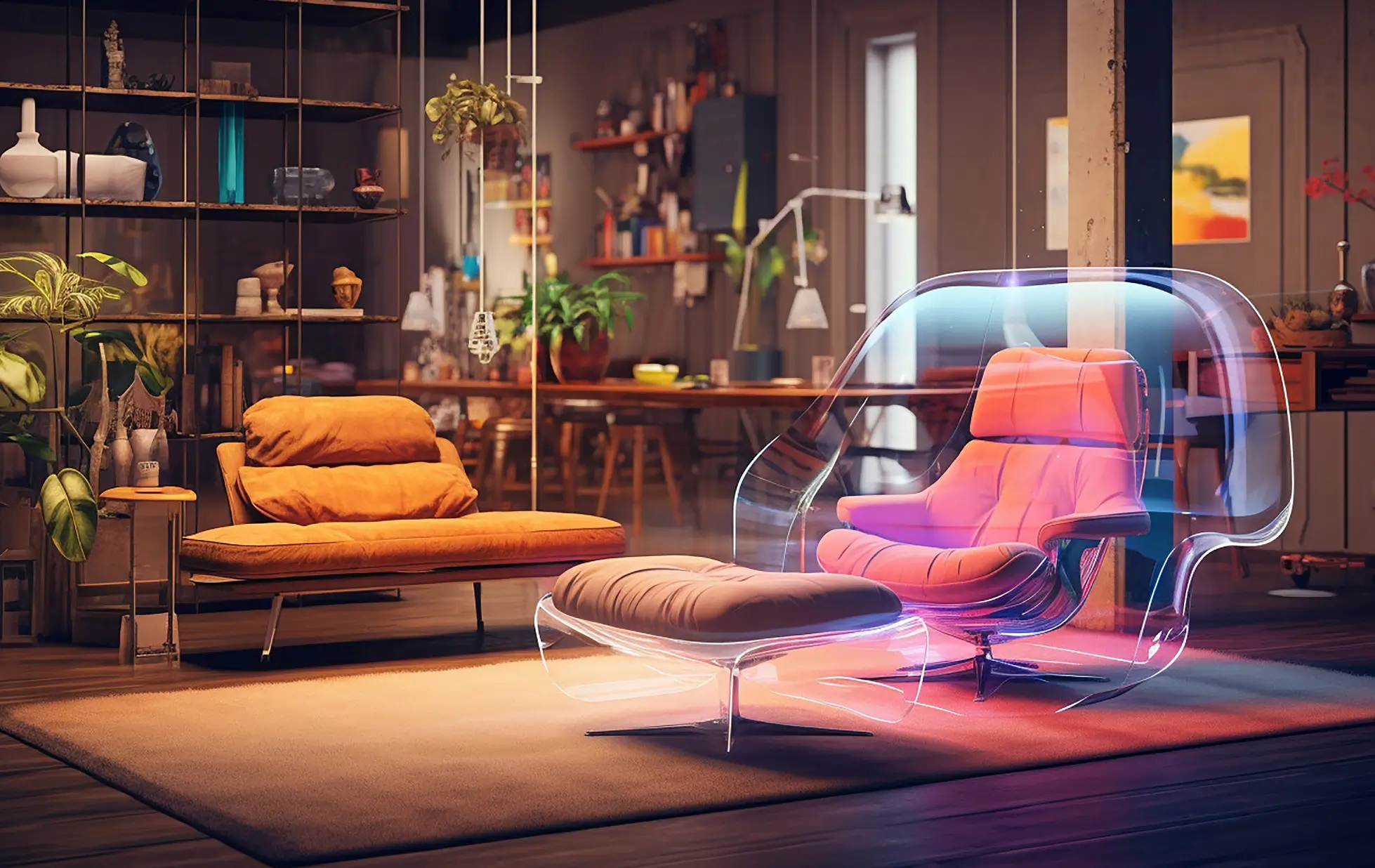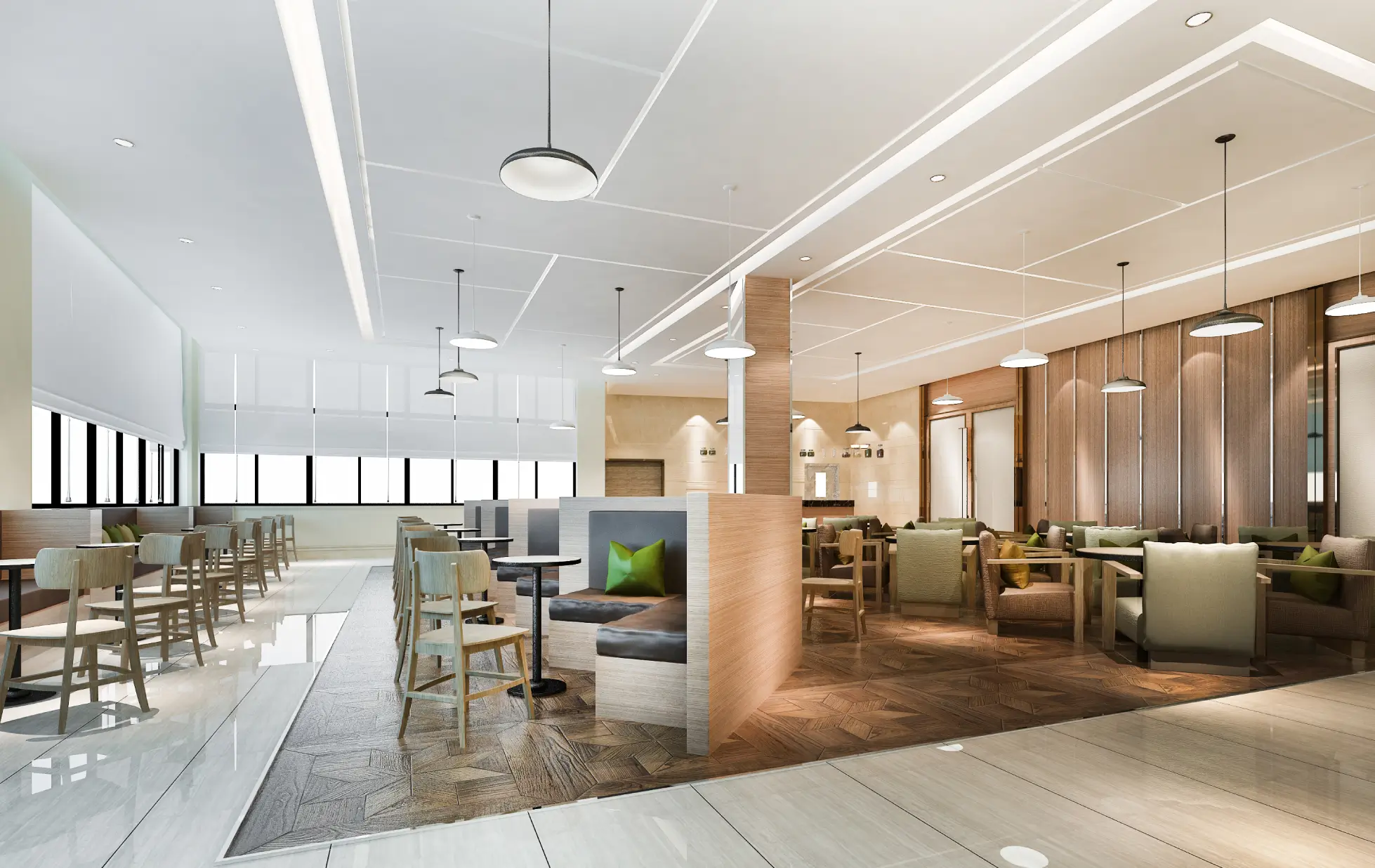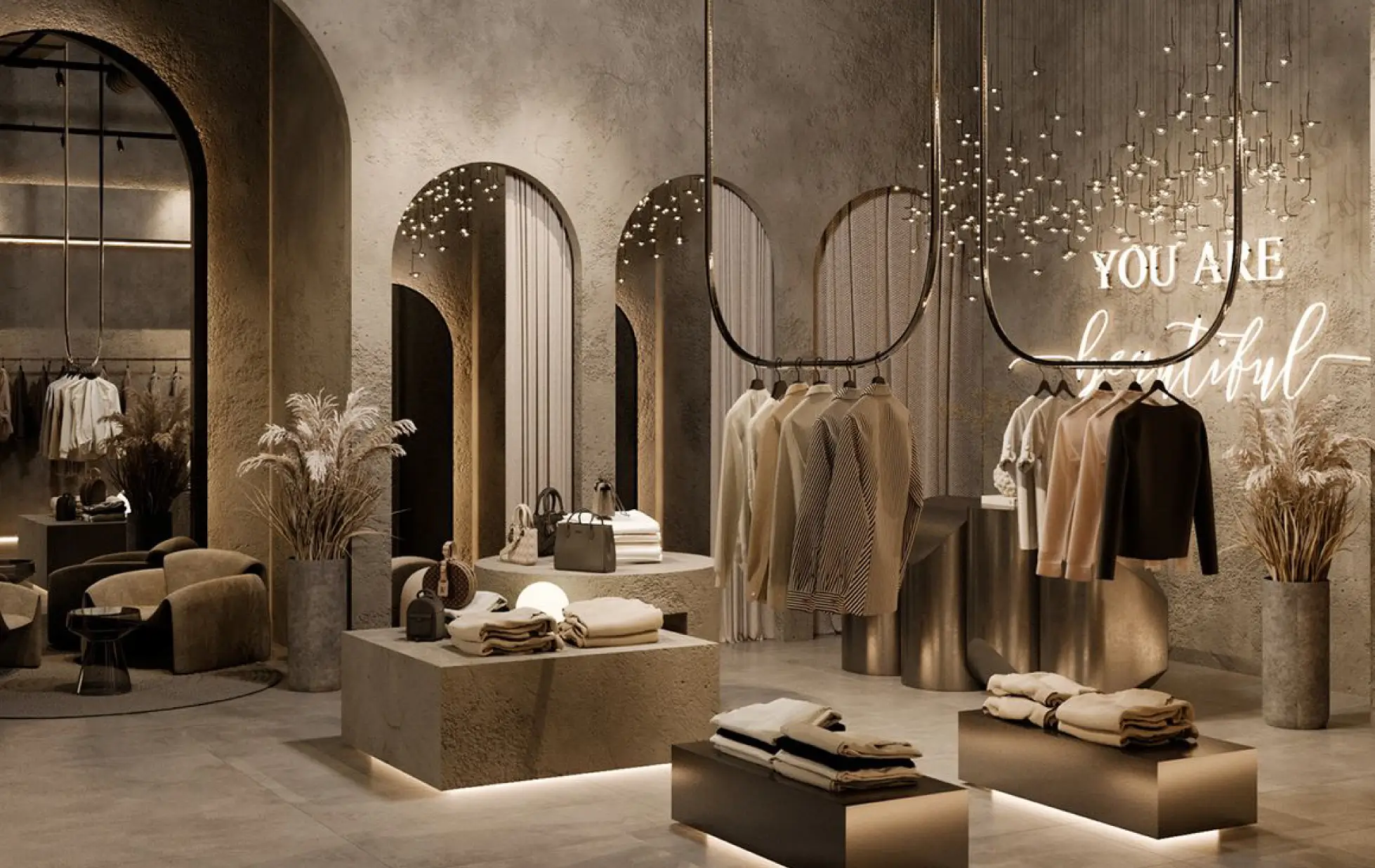By admin — 24 January 2025
How Artificial Intelligence is Revolutionizing the Interior Design Industry
The interior design industry, like many other sectors, has seen a dramatic shift in recent years due to technological advancements. Among these innovations, artificial intelligence (AI) has emerged as a powerful tool that is revolutionizing how interior designers approach projects, work with clients, and streamline their creative processes. AI is making interior design more efficient, personalized, and accessible, allowing designers and clients alike to achieve their visions with greater precision and speed.
At InOut Interior Designer, we embrace cutting-edge technologies like AI to enhance our design services and create spaces that are not only visually stunning but also optimized for functionality and comfort. In this blog, we'll explore how AI is transforming the interior design industry and the ways it's shaping the future of design.
AI-Driven Design Tools: A New Era of Creativity
One of the most significant impacts AI has had on interior design is the development of AI-driven design tools that help interior designers visualize and create layouts more effectively.
-
Generative Design Algorithms:
AI uses generative design algorithms to create numerous design variations based on user inputs such as space dimensions, aesthetic preferences, and functional requirements. This technology enables designers to explore more possibilities and choose the best design solutions more quickly than traditional methods.
-
3D Visualization:
AI-powered software helps interior designers generate 3D visualizations and walkthroughs of designs, giving clients a realistic preview of their space before making decisions. This technology allows for quick modifications, enabling designers to refine their ideas in real-time.
-
Automated Floor Planning:
AI tools can automate the creation of floor plans based on a set of parameters, such as room size, furniture preferences, and space utilization. These tools can save significant time in the design process while ensuring that the space is functional and well-organized.
AI-driven tools are democratizing the design process, making it easier for designers and clients to experiment with different layouts, colors, and materials to find the perfect combination that fits both aesthetic and practical needs.
Personalization and Customization at Scale
One of the most exciting ways AI is changing interior design is through its ability to offer personalized experiences for clients. By analyzing data and learning from client preferences, AI systems can create designs tailored to the unique tastes and needs of each individual.
- Smart Furniture Recommendations: AI algorithms can analyze a client's style preferences, lifestyle habits, and space constraints to recommend furniture and décor items that will suit their needs. These recommendations are based on data-driven insights, ensuring that the furniture choices not only fit the design aesthetic but also align with the client's preferences and functional requirements.
- Style Prediction: AI can predict a client's design preferences by analyzing past purchases, social media activity, or even their browsing history. This predictive analysis helps designers propose more personalized design concepts that resonate with the client's style.
- Customization of Materials and Colors: AI tools can generate color palettes, material combinations, and textures that are perfectly suited to a client's tastes. This level of customization ensures that the space is a true reflection of the client's personality while maintaining a sense of coherence and harmony.
Through AI-driven personalization, designers can create tailored designs more quickly and efficiently, reducing the back-and-forth with clients and speeding up the decision-making process.
Virtual Reality (VR) and Augmented Reality (AR): A New Dimension in Design
AI is also enhancing the integration of Virtual Reality (VR) and Augmented Reality (AR) into the interior design industry. These technologies, when combined with AI, allow interior designers and clients to experience designs in immersive, interactive ways.
-
Immersive Design Previews:
With AI-powered VR, clients can walk through a virtual version of their space before any physical work is done. This allows them to experience different design concepts, adjust layouts, and experiment with color schemes in a fully immersive environment.
-
AR for Real-Time Design Changes:
Augmented Reality (AR) apps enabled by AI allow designers and clients to visualize how various design elements—furniture, artwork, lighting—will look in their actual space, in real-time. By using smartphones or AR glasses, clients can make immediate changes and see instant results, allowing for a more dynamic and responsive design process.
-
Realistic Simulations:
AI-driven AR and VR tools can simulate real-world lighting, textures, and furniture arrangements, providing clients with a more accurate representation of the final design. This makes the decision-making process faster and more informed.
By using AI-powered VR and AR technologies, interior designers can provide clients with an enhanced level of interaction and engagement, making the design process more transparent and intuitive.
AI-Enhanced Sustainability in Design
Sustainability has become a key consideration in modern interior design, and AI is playing an essential role in promoting eco-friendly practices. AI-powered tools are helping designers make more sustainable choices by optimizing materials, layouts, and energy usage.
-
Efficient Material Selection:
AI can analyze the environmental impact of different materials and recommend sustainable options that meet the design’s aesthetic and functional requirements. This ensures that the materials chosen are both eco-friendly and cost-effective.
-
Energy Efficiency:
AI can optimize the placement of windows, furniture, and appliances to improve natural lighting and airflow, reducing the need for artificial lighting and heating. Smart home systems powered by AI can control heating, cooling, and lighting, further enhancing energy efficiency.
-
Waste Reduction:
AI tools can minimize design waste by suggesting the most efficient use of materials, ensuring that designs are both practical and sustainable. These systems can also help reduce overproduction and waste during the construction or renovation phases.
AI's role in promoting sustainability helps designers create eco-friendly spaces that not only reduce environmental impact but also offer long-term energy savings for clients.
AI for Project Management and Workflow Automation
AI is also streamlining the project management side of interior design, helping designers and contractors stay on top of deadlines, budgets, and tasks. By automating routine processes and providing real-time data, AI is improving the overall efficiency of the design workflow.
-
Automated Scheduling:
AI tools can analyze project timelines and deadlines, automatically scheduling tasks and reminders to ensure that design projects stay on track. This reduces the chances of delays and ensures that the project is completed on time.
-
Budget Management:
AI-powered software can help designers track expenses, recommend cost-saving alternatives, and predict potential budget overruns based on real-time data. By keeping projects within budget, designers can focus more on the creative aspects of the design.
-
Collaboration Tools:
AI can help manage communication between designers, contractors, and clients. By using collaborative platforms powered by AI, all stakeholders can track progress, share feedback, and make decisions more quickly.
By automating project management tasks, AI allows interior designers to focus more on creative aspects and ensure smooth project execution.
AI for Smart Homes and IoT Integration
The growing trend of smart homes and the Internet of Things (IoT) is also driving AI's impact on interior design. With the integration of AI into smart home devices, designers can create spaces that are not only aesthetically pleasing but also technologically advanced.
-
AI-Powered Lighting:
AI can be used to design lighting systems that adapt to the occupant's preferences and the time of day. These systems can automatically adjust brightness, color temperature, and even patterns, creating the perfect ambiance with minimal effort.
-
Voice-Controlled Interiors:
With the rise of voice-activated assistants like Amazon Alexa and Google Assistant, AI is enabling more seamless integration of smart devices in the home. Interior designers can incorporate smart appliances, lighting, and security systems that are controlled via voice commands or mobile apps, making spaces more convenient and modern.
-
Personalized Home Automation:
AI can also learn from a user's habits and preferences to personalize home automation systems. For example, AI can adjust the temperature, lighting, and even media preferences based on who is in the room, providing an incredibly customized living experience.
By integrating AI and IoT, interior designers can create smarter, more connected spaces that offer both convenience and cutting-edge technology.
AI for Client Interaction and Communication
AI is also changing the way interior designers interact with their clients. AI-powered chatbots and virtual assistants are enhancing communication and providing instant support.
-
24/7 Assistance
AI chatbots can provide clients with answers to common questions, schedule meetings, and even offer initial design suggestions, all without the need for human intervention.
-
Instant Feedback and Revisions
AI systems can analyze client feedback and quickly generate revisions, making it easier for clients to communicate their preferences and for designers to act on them efficiently.
AI is making client interaction smoother and more efficient, ensuring that both parties stay aligned throughout the design process.
Conclusion
Artificial intelligence is transforming the interior design industry by introducing innovative tools and techniques that streamline processes, enhance creativity, and improve client experiences. At InOut Interior Designer, we are at the forefront of this revolution, using AI to deliver faster, more personalized, and more efficient design solutions. Whether through AI-driven design tools, immersive AR and VR experiences, or sustainable material selection, the integration of AI into interior design is making it easier for designers to create spaces that are not only beautiful but also functional and efficient. As AI continues to evolve, the possibilities for the future of interior design are limitless.
 17 January 2025
17 January 2025



